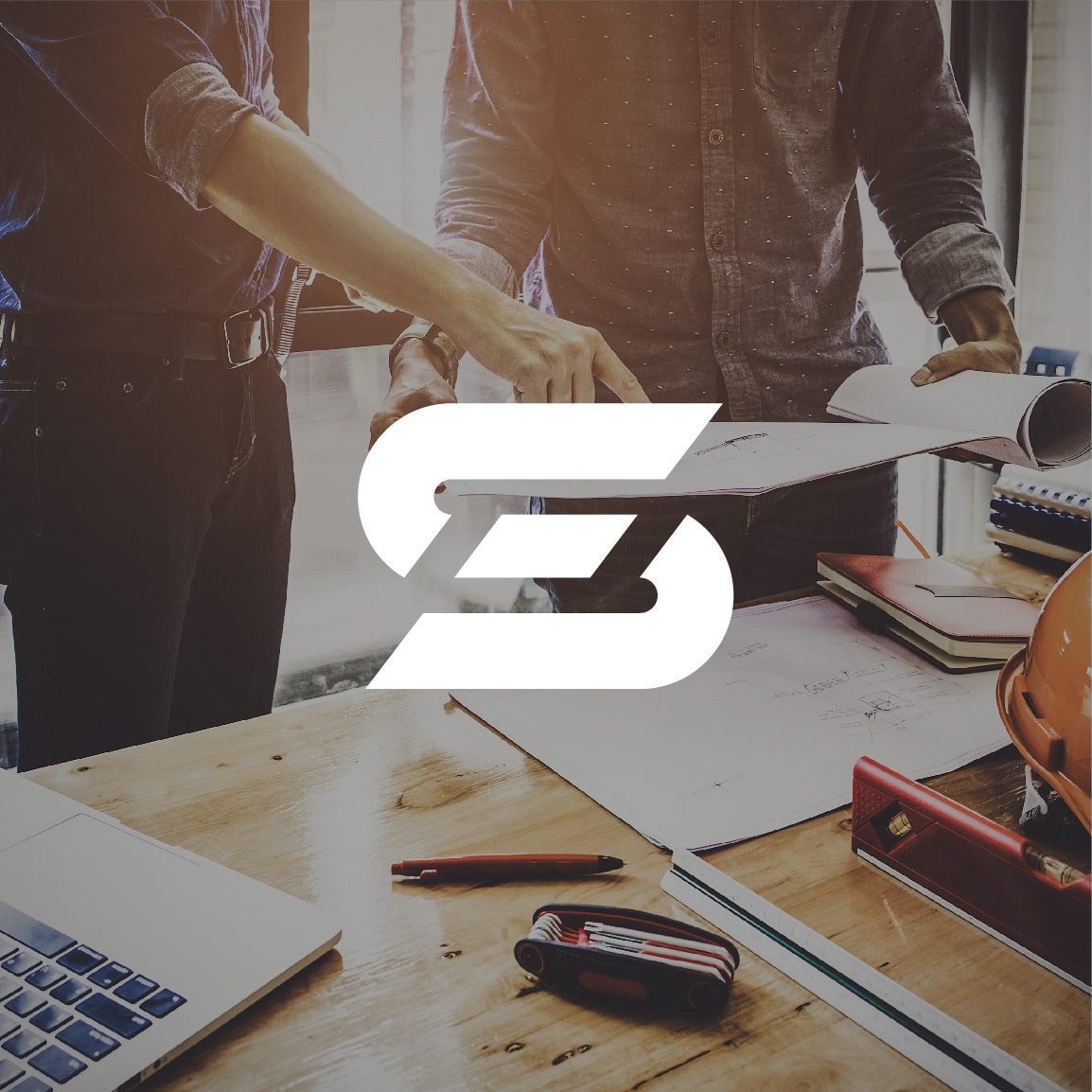
Risk Management
1. Avoid risk
Logically, the most effective way of avoiding risk is to entirely eliminate the hazard that gives rise to risk in the first place.
2. Evaluate the risks that can’t be avoided
Take a structured and collaborative approach, where designers establish how different aspects of designs interact and influence health and safety.
3. Combat risks at source
Control measures must be close to the danger point and effective in reducing the risk.
4. Adapt the work to the individual
People are limited in their ability to analyse cognitive data, such as instructions. Alleviate monotonous work by adapting the design of workplaces and the choice of working methods.
5. Adapt to technical progress
Keep informed about the latest technical knowledge, technical progress leads to improved performance, better ergonomics and reduced risks.
6. Replace the dangerous with the less dangerous
Substitution involves reviewing the available choices, selecting the ones that either pose no danger to workers or selecting the ones where the dangers are reduced.
7. Develop a coherent overall prevention policy
Give collective protective measures priority over individual protective measures. Personal protective measures rarely prevent accidents, they may only mitigate the outcome.
8. Appropriate instruction
All instructions must be readily understood by the workers. They should be complete, comprehensible and relevant. This includes; induction training, toolbox talks, daily briefings, and written or pictorial instructions.
9. Keep a hazard inventory
Synergize will produce a hazard inventory associated with all design elements for both construction and post-construction work such as maintenance, cleaning, etc


